ONCE UPON A GENE - The 12 Commandments to Guide You When You're Starting a Rare Disease Patient Advocacy Group. With Nasha Fitter and Mike Graglia
FOXG1 advocate Nasha Fitter and SYNGAP1 advocate Mike Graglia are leaders in the rare disease community and two of the top parent leaders in the advocacy game. In this episode, they're sharing their knowledge, expertise and experiences in an information-packed masterclass on how to build a rare disease patient advocacy group, get funding and forge a path to a cure.
EPISODE HIGHLIGHTS
Where do you start to launch a rare disease foundation?
The first thing to do is to build your team. If you've just been diagnosed and realized there isn't a patient group for your disease, build your team of other parents and recruit friends and family to help you. The next step is to build a scientific advisory board to go to for advice and guidance.
How does a rare disease foundation make connections with parents and experts?
You'll have to do a lot with little knowledge or resources. As you build your team, encourage others to engage with their network and invite others to join the group. Strive to get roles filled for every category- clinician, geneticist, biotech and translational therapy.
How does a rare disease patient organization you engage parents?
Repeat your message again and again and realize that getting to a cure isn't a race. Act as a lighthouse to get researchers, clinicians, diagnosed and un-diagnosed families to gather around a common goal. Use the tools within reach- podcasts, newsletters and social media as a digital lighthouse, sending signals out to the community. Get on every platform and engage patients.
What is a rare disease registry and how do you build one?
It's a legal entity that allows you to collect patient information and disease symptom data. The registry platform should be Institutional Review Board (IRB) approved, which means patients and caregivers have consented to information sharing so they can be counted as a patient and share their information with researchers. Once the registry platform is set up, use social media to explain the benefits and invite patients to join.
How do you develop a path to a cure for your rare disease?
Search for publications and contact the authors to discuss the research and inquire about developing a treatment. Understand the biology of the disease. If you don't have assets, think about the assets that mimic the core of the disease, making models of the disease for testing treatments and drugs and ensure finding are on open access. While you wait for biotech companies to test on your assets, you can create proof of concepts that make sense and are along your path to a cure.
How do you fundraise for your rare disease?
It takes money and you'll need to raise money. You'll never know how much you can raise unless you ask. Invigorate the patient community to raise money and think big.
RESOURCES MENTIONED
ONCE UPON A GENE - EPISODE 041 - Time is Brain: SYNGAP Research Fund with Mike Graglia
TUNE INTO THE ONCE UPON A GENE PODCAST
CONNECT WITH EFFIE PARKS
